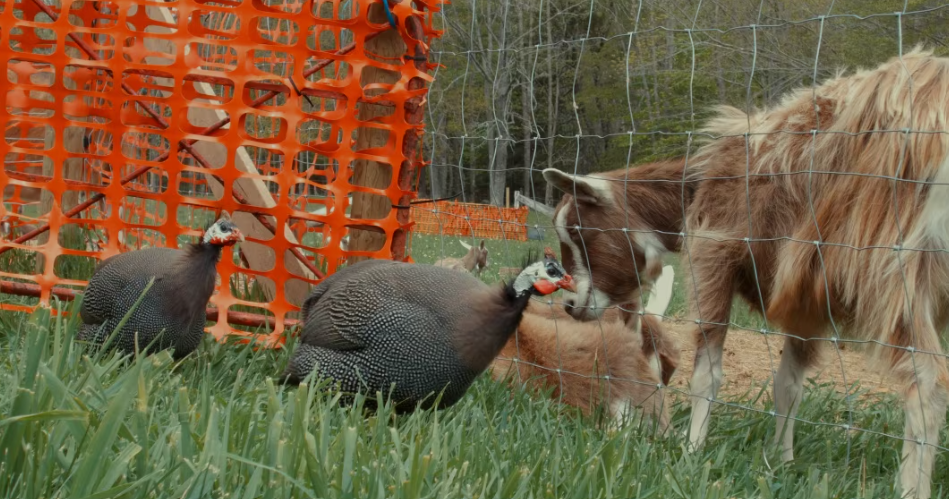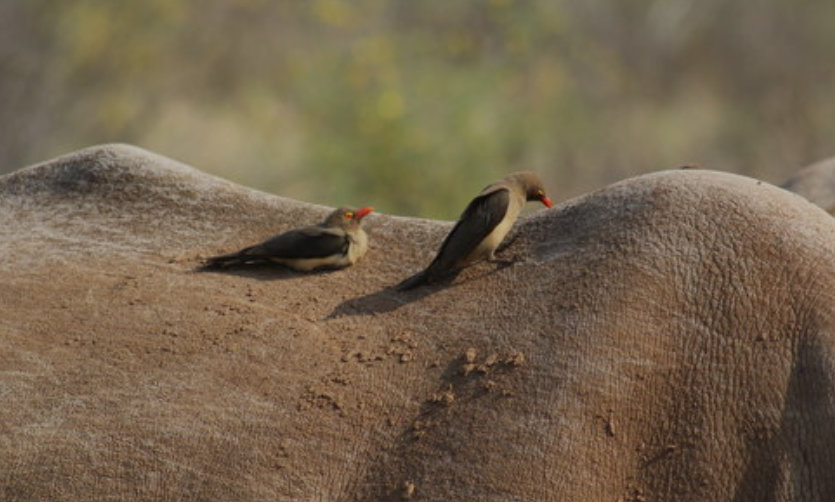
Some birds help control tick populations simply by including them into their everyday diet. As they move through fields, forests, and backyards, they forage on the ground, scratching and probing for food. In the process, they pick up ticks along with other small insects, reducing the number of parasites in the environment.
Birds rely on insects as an energy source, especially during nesting and migration seasons when demands are high. By feeding on ticks, they gain valuable nutrition while indirectly benefiting both humans and animals by limiting the spread of tick-borne diseases. The physical attributes of these birds are well-suited for this task. Many possess slender, pointed beaks that act like precision tweezers, allowing them to pluck ticks from difficult-to-reach spots without harming the host animal.
Certain birds are especially effective at finding ticks because of their foraging style. They cover large areas in search of insects, moving through tall grass, underbrush, and soil. This exposes them to the very places ticks hide, making them natural pest controllers.
In some parts of the world, unique interactions occur between birds and larger animals. Some species perch directly on mammals, plucking ticks from their skin and eating them. This not only provides a reliable food source but also relieves the host animal from parasite burdens, creating a mutually beneficial relationship.

Birds That Eat Ticks
Guinea Fowl
Guinea fowl are among the best-known tick eaters. They roam in groups, scratching through grass and leaf litter, consuming large numbers of ticks. Farmers often keep them specifically for pest control.
Chickens
Backyard chickens are excellent at reducing tick populations. As they forage, they pick insects off the ground and can significantly cut down on ticks in yards and gardens.
Wild Turkeys
Wild turkeys forage widely, scratching through underbrush in search of insects. Ticks are a common part of their diet, especially during warmer months when these parasites are abundant.
Peafowl (Peacocks and Peahens)
Peafowl consume a variety of insects, including ticks. In areas where they roam freely, they help keep tick populations lower, though they are less commonly used for this purpose than chickens or guineafowl.
Pheasants
Ring-necked pheasants and related species feed on seeds, grains, and insects. They will eat ticks while foraging through grassy fields and forest edges, especially during summer.
Quail
These small game birds feed on insects, including ticks, while moving through grasslands and shrubby areas. Their ground-feeding habits make them natural tick predators.
Crows
Crows are opportunistic feeders that consume insects of all kinds. They sometimes pick ticks directly from livestock or wild animals, making them a surprising ally in tick control.
Oxpeckers
Native to Africa, oxpeckers famously perch on large mammals like buffalo, giraffes, and antelope. They feed directly on ticks attached to these animals, offering natural pest relief.
Eastern Bluebirds
These insectivorous songbirds eat beetles, caterpillars, grasshoppers, and occasionally ticks. They are not as specialized as guineafowl but still contribute to controlling ticks when foraging.
Robins
Robins often hunt on lawns and fields for earthworms, but they also consume insects, including ticks. Their ground-foraging behavior makes them occasional tick eaters.
Starlings
European Starlings are adaptable feeders. They forage in flocks across fields and meadows, picking up insects and ticks along the way.
Woodpeckers
Some woodpecker species, while primarily feeding on insects hidden in bark, will also consume ticks they find on animals or in grassy areas. Their foraging helps diversify the number of birds keeping tick populations in check.
Blackbirds
Blackbirds forage on the ground in fields, gardens, and forests. While their diet is largely insects, worms, and seeds, they also eat ticks encountered while probing through soil and vegetation.
Thrushes
Thrushes are skilled insect hunters. Their habit of turning over leaves and scratching the soil often leads them to ticks, which they consume along with other small invertebrates.
Sparrows
Some sparrows, especially ground-feeding varieties, occasionally eat ticks. While not their primary food source, ticks can make up part of their insect intake when present in grassy areas.
Magpies
These intelligent birds are opportunistic feeders. Magpies sometimes pick ticks directly from mammals or consume them from the ground while foraging, much like crows do.
Jackdaws
Close relatives of crows and rooks, jackdaws also feed opportunistically. They will eat ticks when scavenging on animals or when moving through pastures and meadows.
Oxpecker-like Behavior in Starlings
Certain starling species, particularly in Africa, have been observed perching on grazing animals and consuming ticks, much like oxpeckers. This behavior makes them valuable in livestock regions.
Mynas
In parts of Asia, Common Mynas and Jungle Mynas eat ticks while foraging in grasslands and agricultural lands. Their opportunistic feeding habits allow them to target a wide range of insects.
Herons
Some herons, while mainly eating fish and amphibians, also consume insects when feeding in grassy wetlands. They may pick ticks off grazing animals or catch them while stalking through tall grass.
Egrets
Cattle Egrets are particularly helpful in tick control. They follow livestock, eating insects stirred up by movement, and sometimes feed on ticks attached to cattle and other animals.
Lapwings
These wading birds are insect specialists, probing through grass and soft soil. They feed on beetles, worms, and occasionally ticks found in pastures and open fields.
Pigeons and Doves
While primarily seed eaters, some pigeons and doves will peck at insects, including ticks, especially in agricultural or open field settings where ticks are abundant.
Song Thrush Relatives
Other thrush relatives, such as fieldfares and redwings, also forage for insects and occasionally eat ticks. Their ground-based feeding habits bring them into contact with these parasites.